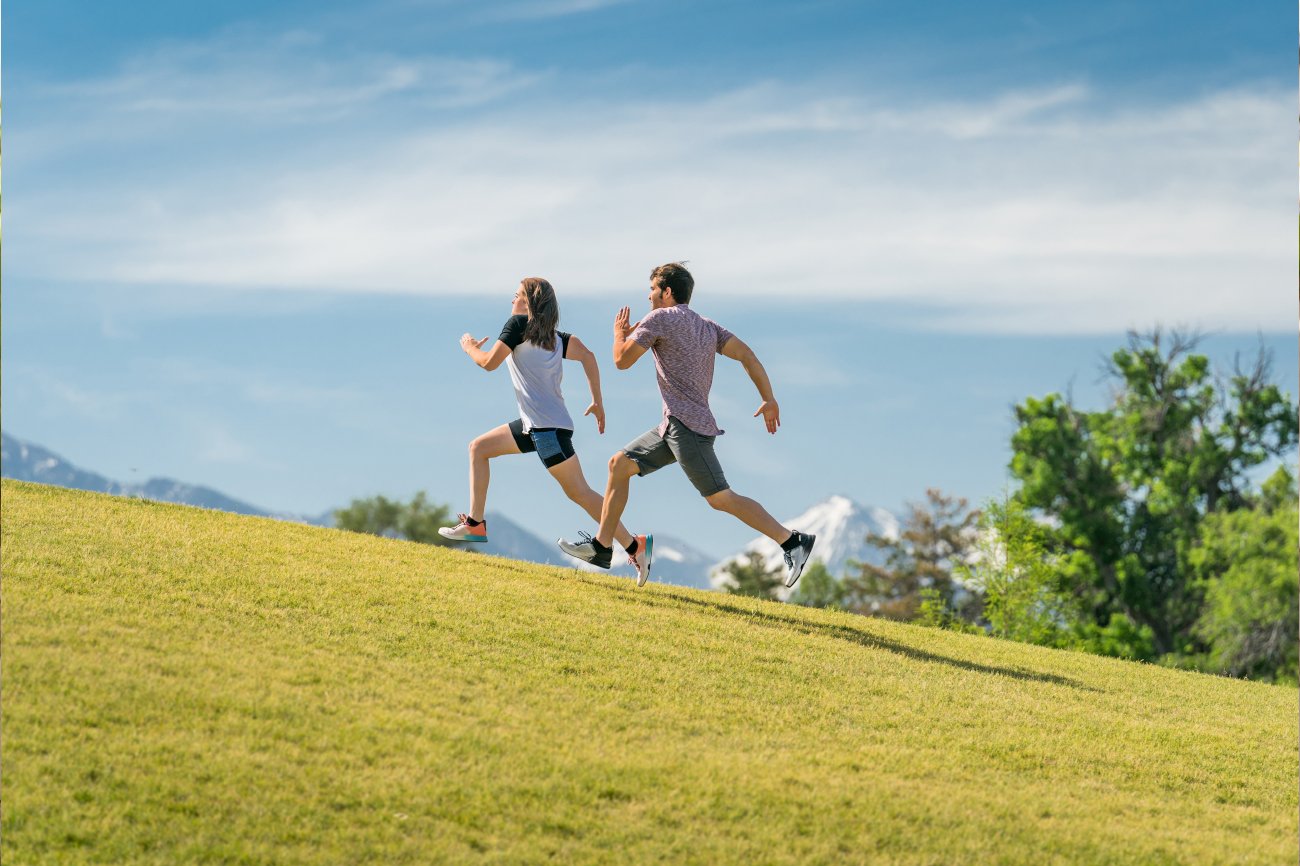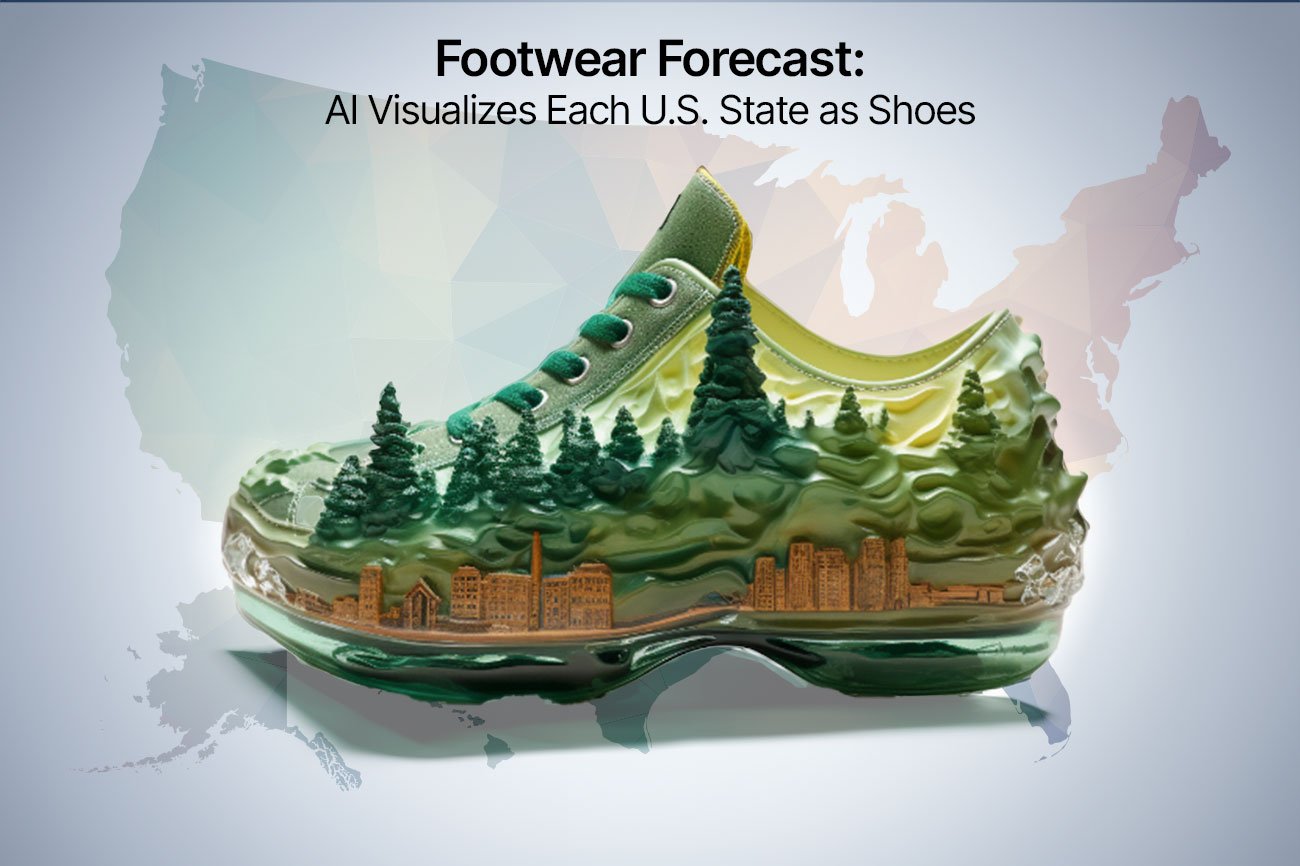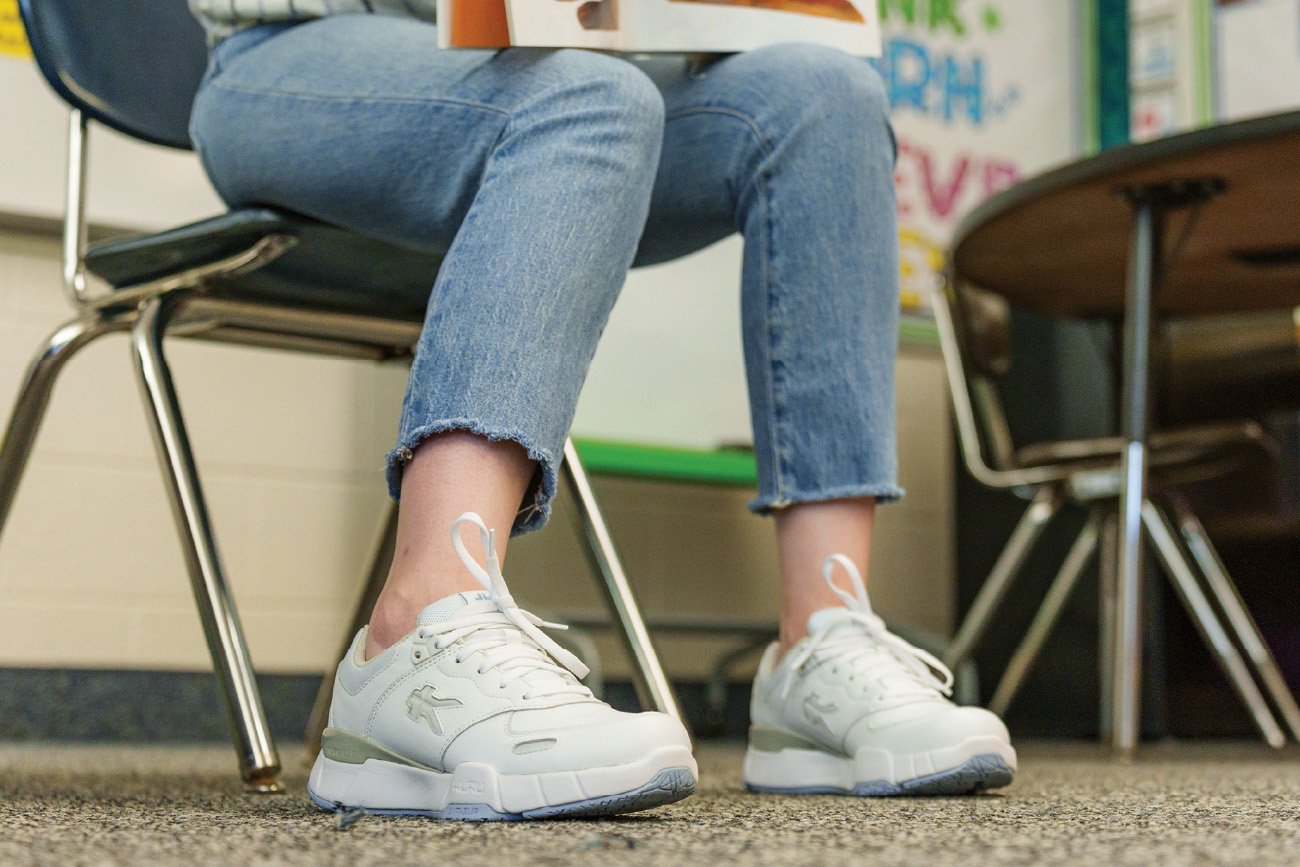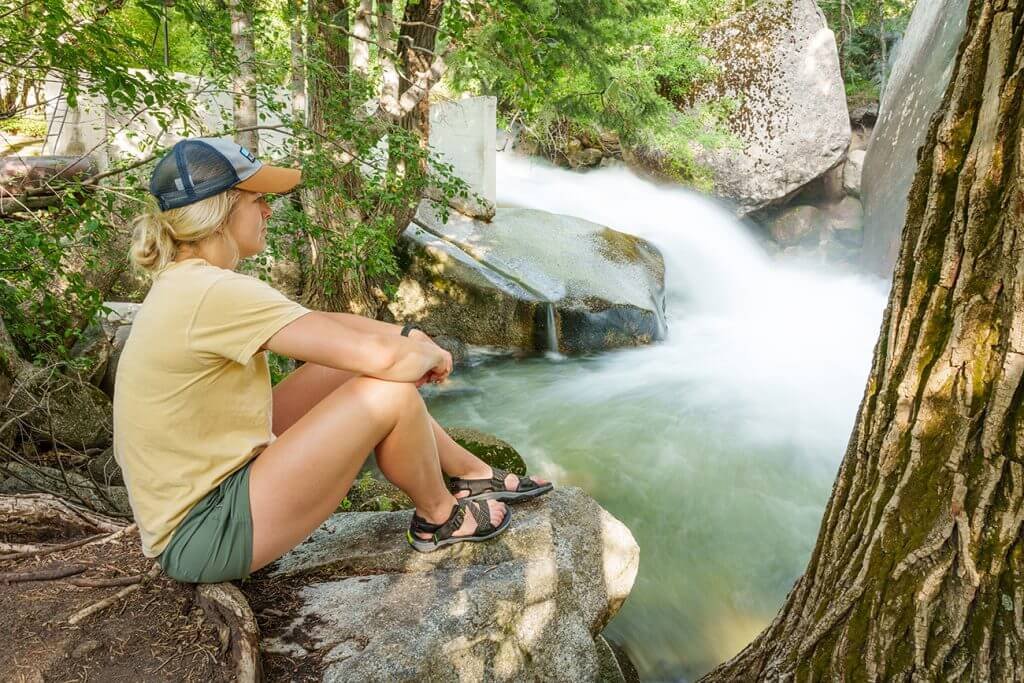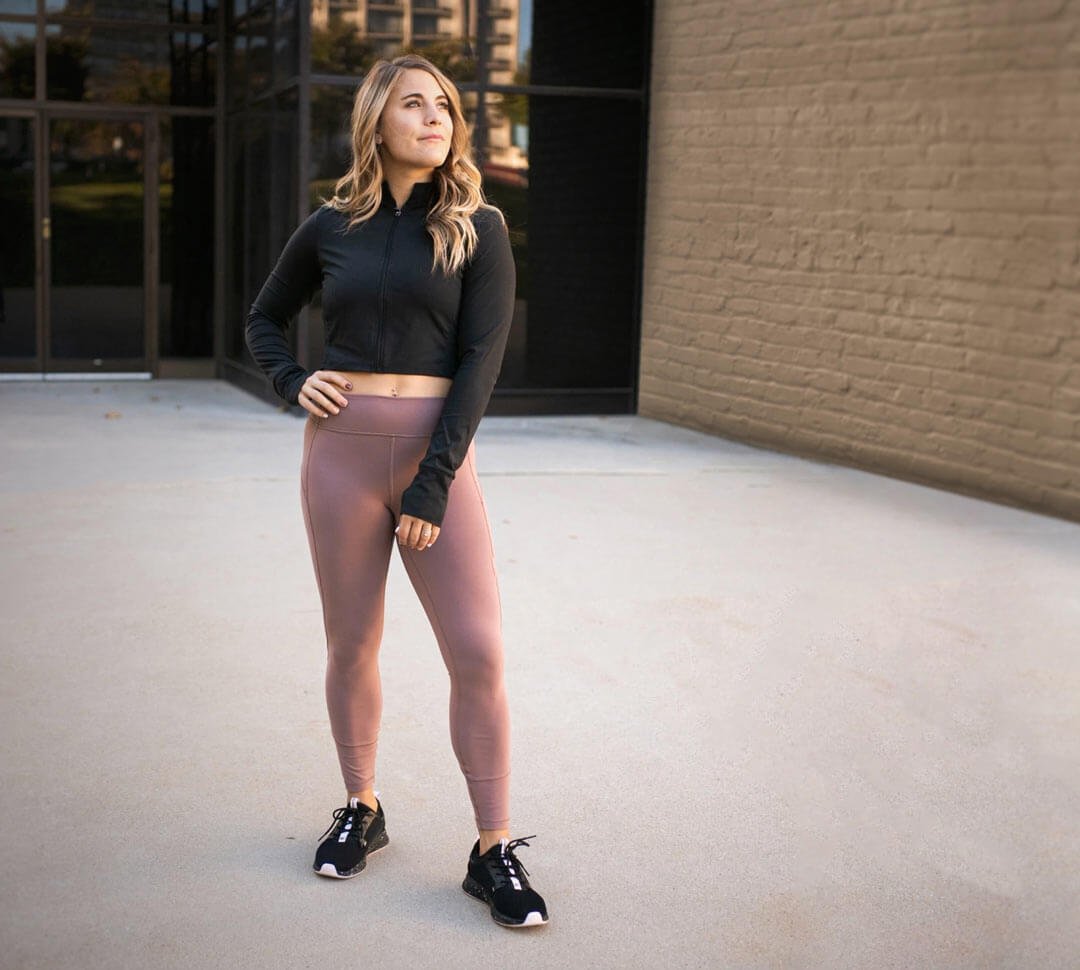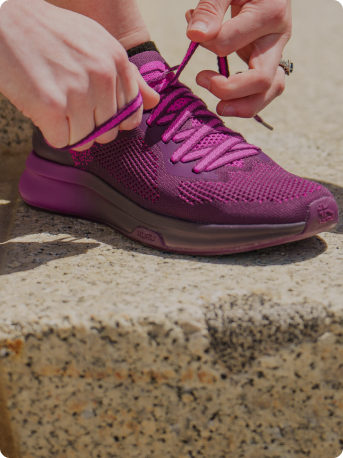Best Teacher Shoes for Comfort and Support
Being a teacher means being on your feet for hours at a time in order to provide your students with the learning and attention they need. However, walking around all day in heels or even loafers won’t give the proper cushion, support, and comfort that your feet deserve. Studies reveal that 17.3% of teachers experience mild foot pain, while 25.5% have severe foot pain as a result of doing their job.
If you suffer from foot pain after standing and teaching for long periods of time, consider purchasing a pair of shoes from KURU Footwear, where we offer the latest technology in foot care. Our comfortable teacher shoes come in a wide range of models and can provide the support you need for long hours of standing. Our shoes aren’t just functional—they will look and feel good on your feet too!
To find the best shoes for teachers, you need to look for something that will give you the comfort you need to stand on your feet all day but will also protect your feet from the possible hazards that come with the job. If you want to find comfy teacher shoes, be sure to look for the following:
- A good fit: Teaching shoes that fit snugly means you’ll get fewer corns and blisters, along with fewer injuries. A lot of the time, people will buy the wrong sized shoe, so be sure to get fitted at the shop before buying a pair. Alternatively, you can look at our shoe size guide to ensure the right fit for you.
- Made from quality materials: The best shoes for student teaching will be made from materials that don’t easily fade, scratch, rip, or tear. Cotton, mesh, and nylon are just a few things that can make a shoe truly comfortable to wear. Because classrooms, in general, will have thinly carpeted floors, it can cause long-term damage to joints, which is why you’ll need highly-cushioned shoes to provide support.
- Check its bendability: This is another sign of a shoe’s quality; if you can pick up a shoe and bend it in half with just two of your fingers, then it’s not a very good shoe. Aim for a pair that’s not easily bendable—a sturdy pair of shoes will help keep your feet away from pain and are far better for your joints.
- Durability: Because you walk a lot, be sure to pick a shoe that can keep up with all your movement by picking ones made from strong materials. It’s also important that you buy at least 2 pairs of shoes because no matter how durable it is, you need to rotate your footwear and they shouldn’t be worn two days in a row to allow them to air out.
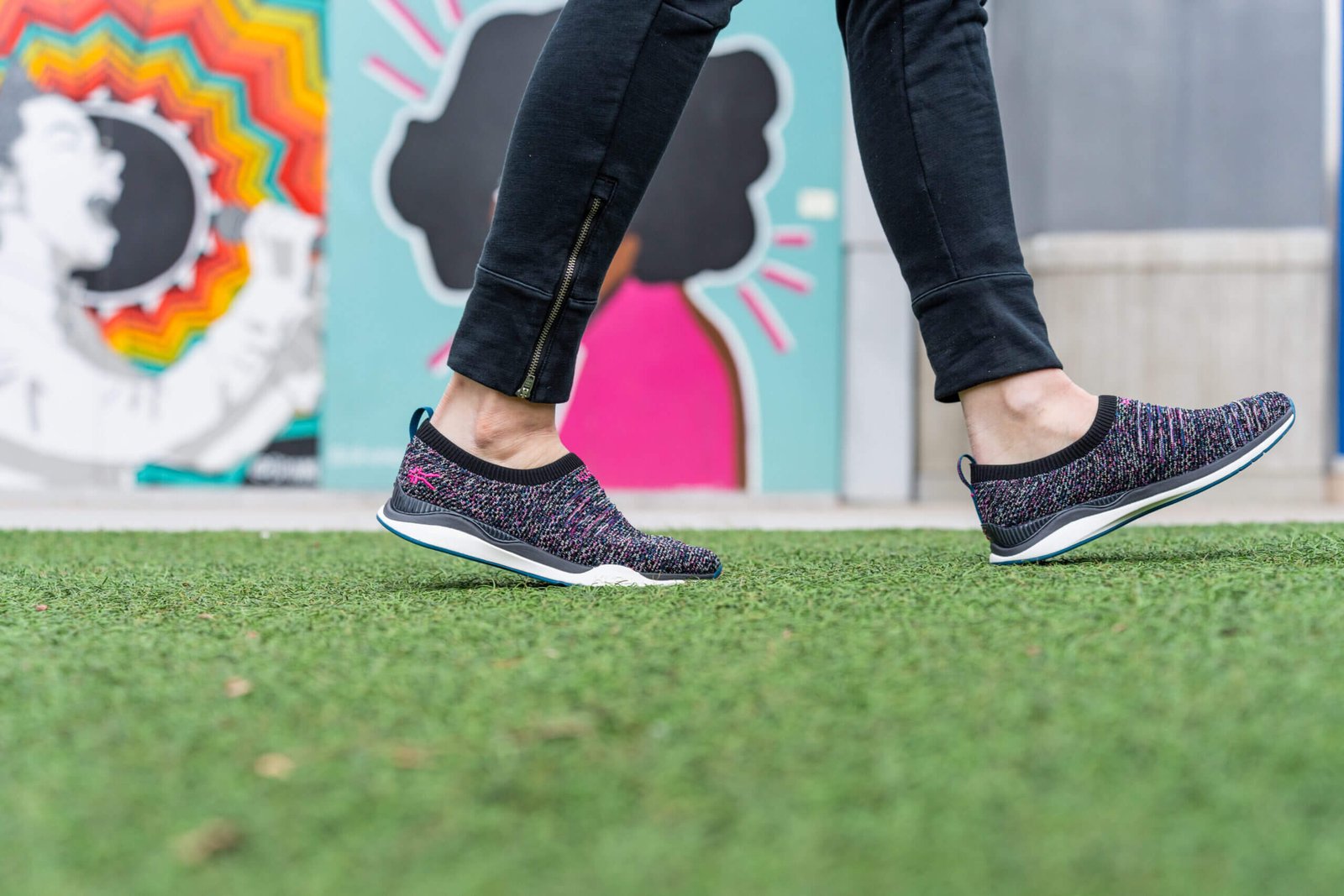
Workplace Foot Injuries
Find out what types of safety or ergonomic hazards teachers face that can lead to foot injuries.
Schools are a particularly unique environment for footwear, where you will be on your feet all day while standing in front of your class and guiding students through hallways. Unfortunately, too many teachers wear dress shoes which simply aren’t designed to put up with so much use. As a result, these unsupportive shoes can lead teachers to suffer from common foot injuries such as Achilles tendonitis and plantar fasciitis.
Any kind of shoe that doesn’t provide the proper support and protection your feet need can lead to a wide range of pain and injuries. This is why it’s important to find the best shoes for teaching that can help protect against dangers such as:
– Slip and fall hazards: These are the most common accidents around schools, which are caused by uneven or slippery surfaces. The best shoes for teachers will have non-skid soles to protect them from potential slips and falls.
– Ergonomic injuries: When teachers spend hours on their table correcting homework or exams, they can be exposed to ergonomic strains on their feet and back.
– Standing for hours: This is one of the most common complaints among teachers, where their feet will often bark at the end of a long day. KURU Footwear offers comfortable shoes for teachers that will ensure their feet’s comfort no matter how long their classes last.
– Serious injuries: As a result of daily high performance, many teachers can be exposed to various injuries of a serious nature, including swollen feet, increased chance of arthritis, heel spurs, plantar fasciitis, Achilles tendonitis, and even orthopedic changes in the feet such as flat feet. Furthermore, teachers may also experience varicose veins and restricted blood flow.
Education Industry Facts and Stats
We take a look at some facts and stats you might not have known about footwear worn by teachers.
As mentioned, the average teacher will take almost as many steps as a farmer each day, which makes their feet vulnerable to a host of different problems and injuries. By neglecting to care for their feet, teachers may face common problems such as:
- Severe foot aches
- Blisters
- Arthritis
- Bunions
- Flat feet
The main reason why these injuries tend to occur is that the wearer didn’t bother to look for the most comfortable teacher shoes for their specific needs. Instead, some teachers will often opt for pointed shoes, high heels, shoes that provide no arch support, and footwear that’s either too tight or too loose. These are all big mistakes and will only lead to sweaty feet and fungal problems, in addition to the issues already mentioned above.
Foot Injury Prevention
Learn how to best protect your feet in the education industry.
Apart from getting the best teacher shoes, there are other things you can do to keep your teaching environment safe for your feet, such as:
– Keeping a safe and orderly workspace: To ensure that your classroom is extra safe for you, consider using an anti-fatigue mat around your classroom, especially where you frequently stand. This will work well for teachers in middle and high school when you don’t need to move too frequently.
– Use the right ergonomic equipment.
– Consider using slip-resistant shoes: Schools will often have floors with spills—even in places you don’t expect it. As such, it might help if you purchased slip-resistant shoes or you can also consider orthotics to provide tailored support for your feet.
– Preparing your body with a few stretches.
– Always replace worn-out shoes: Over time, the shock absorbency on your shoes will decrease, and by the end of their life, they will offer zero protection for your feet. This is why it’s also useful to have more than one pair of shoes since you’ll be able to rotate them to ensure they can last longer and give them time to air out.
– Use foot powder if you experience perspiration around your feet.
– Take time to break into new shoes: This is particularly important for leather dress shoes, which may start to stretch and become stiff after being worn a few times. However, it won’t help if you spend an entire day breaking in your shoes. It can become painful to run around after kids while trying to teach in class using a new pair of shoes. Instead of trying to rush the process, be sure to wear your new shoes little by little. Take the time to walk around the house or try running errands while wearing the shoe to help them loosen naturally.
– Give your feet some rest: When you get home, be sure to elevate your feet then soak and massage them to take away the stress and load they carry every day.
-
What are the best shoes for teachers?
The best shoes for teachers will be built to provide you with support and comfort. These shoes will also be designed to reduce the amount of pressure placed on the foot while relieving pain and fatigue felt as a result of standing for long periods. They will also protect hazardous materials without having to sacrifice a good fit and good looks.
-
Should teachers wear open-toed shoes?
No. Open-toe shoes aren’t typically appropriate for a workplace unless your school has a more casual dress code. Most work environments won’t allow open-toe shoes due to safety concerns, and many schools have banned flip-flops. Unprotected feet can also be stepped on and won’t offer much protection during slips and falls.
-
How do I know which shoe to buy? Which is best for me?
The best shoe for you will depend on your unique foot type and the style you’re looking for. The best shoes for men and women alike offer adequate arch support and cushion. Whether you’re looking for bright blue shoes, dark blue shoes, or white shoes with blue accents, KURUs line of pain-relieving footwear help alleviate foot pain symptoms for all-day comfort.
-
How is the arch support of KURU shoes?
KURU shoes deliver excellent arch support without the need for thick inserts or expensive, custom orthotics.
Superior arch support starts with our patented KURUSOLE technology, which delivers natural cushioning and dynamically hugs your heel with every step. Every foot is unique, and our ULTIMATE INSOLES adapt to fit your needs by using your own body heat to custom-mold to the shape of your feet over time.
The corrective nature of our superior arch support is designed to neutralize your weight distribution and place your foot in the best anatomical position. This support can take some getting used to. We suggest slowly breaking in your new shoes over the course of 2–3 weeks.
-
Are your shoes considered orthopedic shoes?
While our shoes are not currently considered orthopedic by a medical standard, we have received thousands of positive reviews from customers who say their KURU shoes with good arch support helped reduce or eliminate their pain—from plantar fasciitis to bunions.
Each of our shoes feature a wide toe box, superior arch support, shock absorption and patented heel technology, engineered for pain relief.
At KURU, we pride ourselves on our unique approach to shoe design. We believe that shoes should be shaped to fit the natural contours of your feet, which is why we create every pair in three distinct support layers, not just an insole.
Our revolutionary ergonomic design starts with a curved footbed and adds unparalleled triple-layer support that includes shock-absorbing KURUCLOUD, heel-cupping KURUSOLE, and arch-supporting ULTIMATE INSOLES. The result? Shoes that are so comfortable you’ll stop thinking about your feet.
KURUSOLE
Our patented KURUSOLE helps reduce foot pain, redirect stress, and encourage a healthy gait. It features a unique design that cups the …Show More
Our patented KURUSOLE helps reduce foot pain, redirect stress, and encourage a healthy gait. It features a unique design that cups the heel and allows for dynamic flexion with each step to help protect and preserve the heel’s fat pad. As a result, it guides your body to a more natural alignment, which guarantees personalized comfort like nothing else.
…Show lessKURUCLOUD
With our KURUCLOUD foundation, you can enjoy a smooth and comfortable stride. Forming the base layer of our three-part technology, …Show More
With our KURUCLOUD foundation, you can enjoy a smooth and comfortable stride. Forming the base layer of our three-part technology, KURUCLOUD uses an advanced blend of lightweight, high-grade EVA foams to provide support in every step. This shock-absorbing layer helps alleviate pressure while offering a soft cushion for comfort that feels like walking on clouds.
…Show lessULTIMATE INSOLE
Finally, our ULTIMATE INSOLES provide support similar to orthotics without any additional purchases. Made from dual-density polyurethane foam, ULTIMATE …Show More
Finally, our ULTIMATE INSOLES provide support similar to orthotics without any additional purchases. Made from dual-density polyurethane foam, ULTIMATE INSOLES offer superior arch support and cushion. This layer molds to your feet over time for a personalized feet.
…Show less
KURUSOLE
Our patented KURUSOLE helps reduce foot pain, redirect stress, and encourage a healthy gait. It features a unique design that cups the heel and allows for dynamic flexion with each step to help protect and preserve the heel’s fat pad. As a result, it guides your body to a more natural alignment, which guarantees personalized comfort like nothing else.
Fine, We’ll Tell You Our Secret
What makes KURU different? Every KURU shoe comes with built-in patented KURUSOLE tech—a foot health game changer.
While other shoes are flat on the inside, KURUSOLE is shaped like your foot to hug and prevent fatigue and pain.

